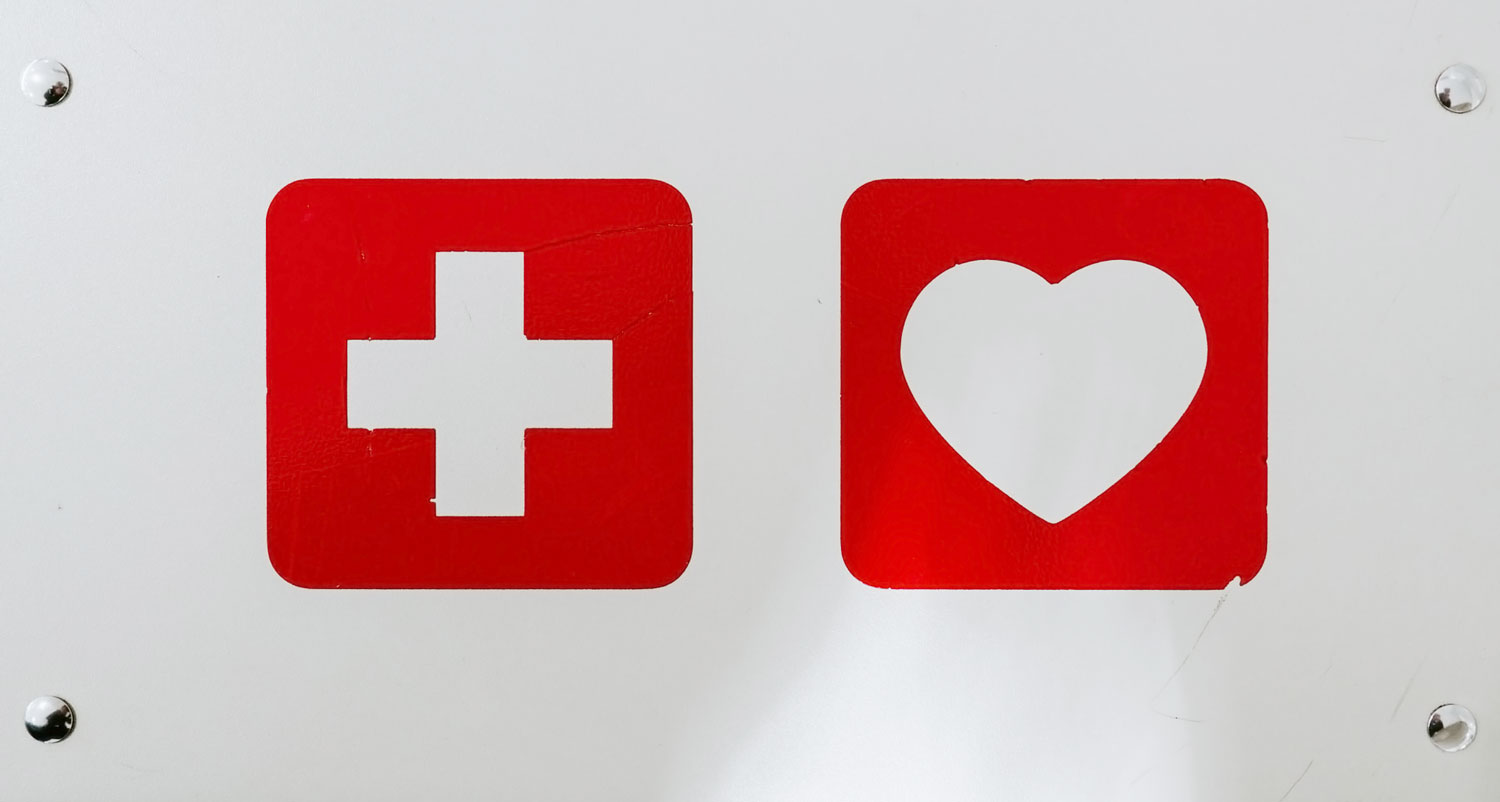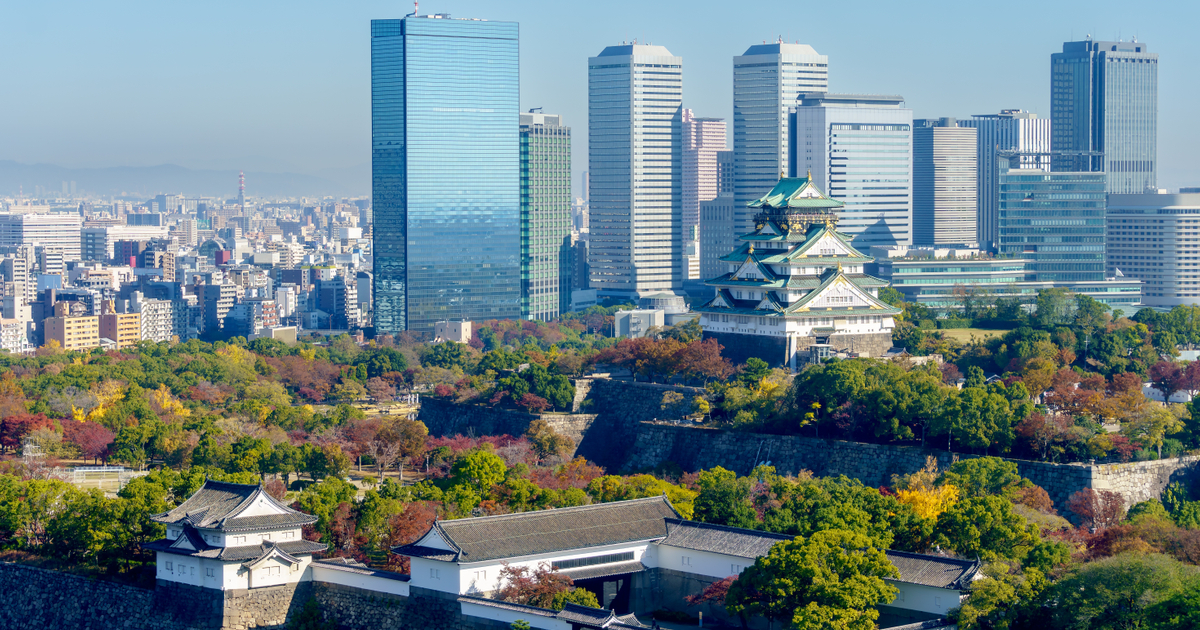Choosing Compassion
How a daily commitment to compassion can help first responders withstand the day-to-day suffering of the job. The post Choosing Compassion appeared first on Tricycle: The Buddhist Review.

 Photo by Claudio Schwarz
Photo by Claudio SchwarzTo the uninitiated, a firefighter’s day-to-day may seem filled with five-alarm fires, car crashes, and cardiac arrests. But first responders know that emergencies come in all forms, and that the bulk of the job requires being with suffering, day in and day out, oftentimes in situations that don’t technically qualify as emergencies at all. In fact, Faith Applewhite, a colleague and the medical captain for the Santa Fe City Fire Department, noted that in an audit of over seven million records of EMT (emergency medical technician) treatments, only two percent were labeled as emergencies. Most calls require taking non-emergent patients to hospitals, handling substance-abuse cases, delivering blankets and sleeping bags to the homeless, and managing mental illness cases. And then there’s the neverending paperwork.
The difference between what first responders think they’re signing up for and what they see on the streets can cause a lot of cognitive dissonance. That, coupled with the amount of suffering and trauma they witness—and often can do little about—leads to burnout, compassion fatigue, and declining mental health. Among firefighters, there were more suicides than line of duty deaths in 2018. One colleague noted that it wasn’t the big calls that got to her. Instead, it was the daily grind of seemingly unsolvable suffering.
The question is how can we respond with compassion to the everyday demands of a career that requires caring for others and being with suffering, in small ways and big, year after year? And if we can respond with compassion, can that help us stay calm and even less stressed?
I posed this question to my colleague Ramos Tsosie, a 25-year veteran firefighter-paramedic who works in an area with many substance abuse cases and “frequent flyers” (people who recurringly call 911 and request an ambulance for non-emergencies). After running on a frequent flyer call, Ramos told me he recognizes that he has a choice in how he responds.
He can either blame the patient for making harmful choices—such as consuming drugs or alcohol—or he can recognize the patient’s suffering and help without judgment. When blaming the patient, frustration, cynicism, and anger typically follow. Those emotions ultimately lead to burnout. But by acknowledging the suffering and letting go of judgment, first responders can reduce their stress and better respond from a place of compassion.
The ABCs of Responding
When faced with a difficult situation, Ramos relies on a mental device to help ground himself in compassion. We call it the ABCs of Responding. The sequence goes as follows:
A) Recognize the activating event. An activating event is anything that happens that grabs our attention. Activating events are often out of our control: stuff happens. In Ramos’s example, the activating event is a 911 call for a frequent flyer. Another way to look at an activating event is to think of it as anything that makes us “feel” less than positive or neutral, such as a car cutting us off in traffic. For our purposes, the key is to recognize an activating event, something that grabs your attention, and you feel tugged in a negative way.
B) Identify your beliefs about the event and challenge those that are not factual or do not align with your short- and long-term interests. It’s not the activating event that causes how we feel or act. So often, we think, “The guy who cut in front of me on the interstate caused my stress.” But as the psychiatrist Victor Frankl wrote, “there is a space between the stimulus and the response.” In that space lies the beliefs we carry about the activating event. It is vital to understand and identify the beliefs we carry about ourselves, others, and life that are not necessarily accurate, as these beliefs influence how we respond. We can choose to believe that the driver who cut us off in traffic is just selfish, or we could choose to believe that they are in a desperate hurry to get to a hospital. For a first responder like Ramos, he can believe that drug addiction is a character flaw or believe that it’s a disease.
The key here is to surface the beliefs you have about the activating event. Are they based on facts? Are your beliefs in your best interest? For example, you don’t actually know why the other driver cut you off, so why not choose a belief that makes you feel calmer and more compassionate? Such as, “He has an emergency,” “It’s only going to delay me by three minutes,” or “I’ve cut people off before.”
C) Consider the consequences, or how you respond in feelings and actions. The consequences are functions of our beliefs. If we think, “Another drug addict who chooses to do drugs and wake me up at 3:00 a.m.,” then we are going to be angry and stressed, and we may even take it out on the patient. On the other hand, we will act with much more compassion if we choose to believe the patient is a human being with a severe medical issue. If we think the individual in the car is dealing with an emergency, the consequence is we are going to be much more understanding than if we believe he is just a jerk. Step C reminds us that the best response is one grounded in compassion.
Most people live their lives believing that activating events cause how they feel and act—that “A” causes “C.” But whether we act with compassion, anger, or indifference comes down to the beliefs and assumptions we hold. Surfacing and sometimes challenging our deeply held beliefs—for example, “I am the center of the universe, and people should treat me a certain way”—is a crucial step in the maturation of a human being and a Buddhist. Understanding that we can choose beliefs that can change how we act is a critical, if often difficult to accept, insight.
Here, we need discipline. If we believe that acting out of compassion is who we want to be, if we believe that road will lead us to a more peaceful existence, then there is a path we can take.
Make Compassion Your Higher Purpose
In a 2007 research paper on highly resilient individuals titled “6 Keys to Resilience for PTSD and Everyday Stress,” the authors noted that having a higher purpose is a crucial factor for being more resilient to stress. A higher purpose (a belief) allows you to focus on what is essential rather than being distracted by inconveniences. A higher purpose sets your priorities for how you choose to act in the world daily. For example, a higher purpose may simply be “I will be compassionate.” It doesn’t need to be more complicated than that. This can then be a daily mantra, something we repeat to ourselves until it becomes a habit.
It can be helpful to make a list of all the activating events in your life that tend to throw you off your higher purpose. We all have them. As a first responder, dealing with drunk drivers was difficult for me, and a 911 call to a possible DUI crash was my activating event. Even the smell of alcohol on a driver could set me off. Early on in my career, I believed that drunk drivers were simply bad people. I had to work hard to just do my job and not succumb to anger.
What I needed to do was, after recognizing the activating event, take a moment to examine the beliefs I held. Were the beliefs and assumptions based on facts, or based on stuff I made up or was taught as a child?
Then, I asked myself, what beliefs could I hold that would make me a more compassionate person in these specific circumstances? I had to challenge my beliefs about drunk drivers. I reminded myself of a time when I was 17 and I drove a girlfriend home after a date in which we both had a few beers. In that instance, the only difference between me and a driver in a DUI crash was luck. That memory helped me be less judgmental. I also reminded myself that it is easy to be kind to people who have done no wrong, but the true test of compassion is dealing with difficult people. Once I reframed my beliefs, the consequence was that I could be a calmer, less stressed, and more compassionate EMT.
Whether you’re a first responder, retail worker, student, or someone simply striving to be a good Buddhist, there will be times when it is difficult to be compassionate. Everyone gets tired, frustrated, and angry. In those situations, I often return to this passage from Holocaust survivor Victor Frankl’s book, Man’s Search for Meaning:
We who lived in concentration camps can remember the men who walked through the hut comforting others, giving away their last piece of bread. They may have been few in number, but they offered sufficient proof that everything can be taken from a man but one thing: the last of the human freedoms—to choose one’s attitude in any given set of circumstances, to choose one’s own way.
The choices we make daily make us who we are. As today opens in front of you, choose compassion.

Get Daily Dharma in your email
Start your day with a fresh perspective

Explore timeless teachings through modern methods.
With Stephen Batchelor, Sharon Salzberg, Andrew Olendzki, and more
![]()
Thank you for subscribing to Tricycle! As a nonprofit, we depend on readers like you to keep Buddhist teachings and practices widely available.
This article is only for Subscribers!
Subscribe now to read this article and get immediate access to everything else.
Already a subscriber? Log in.

 AbJimroe
AbJimroe 



















.jpg&h=630&w=1200&q=100&v=6e07dc5773&c=1)












